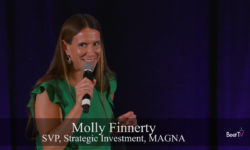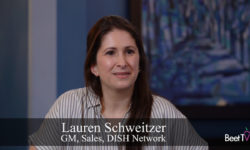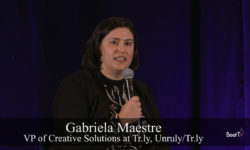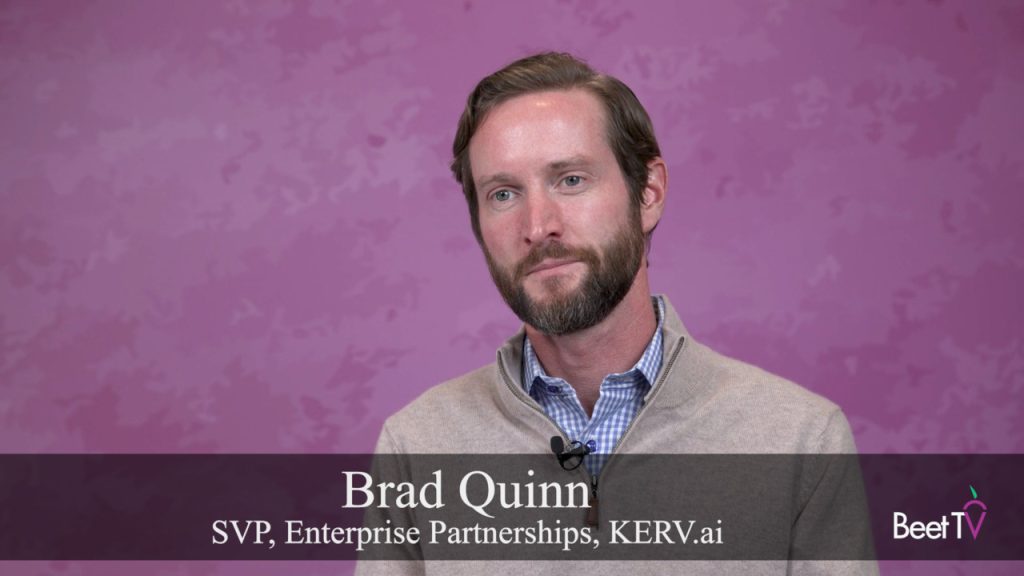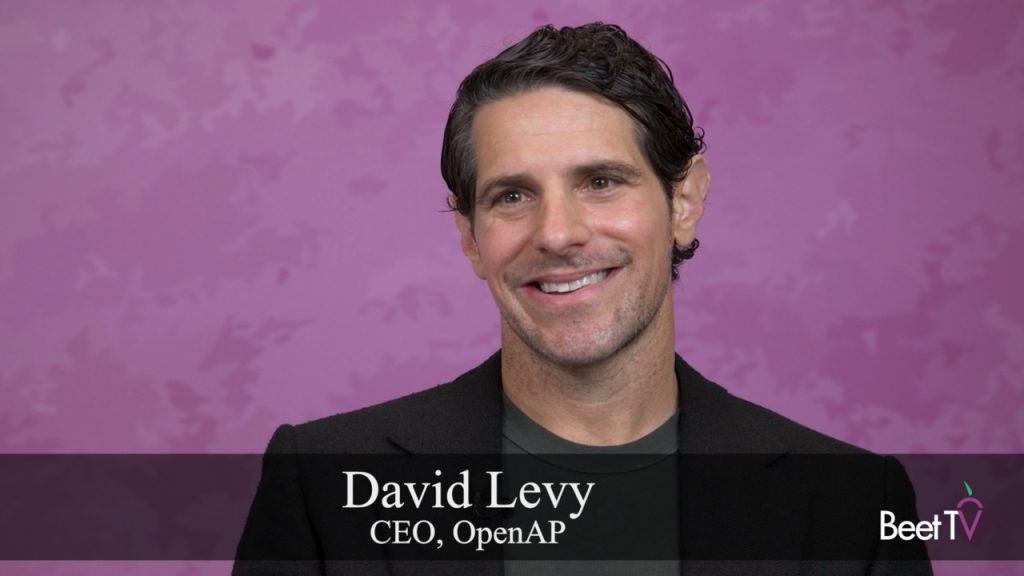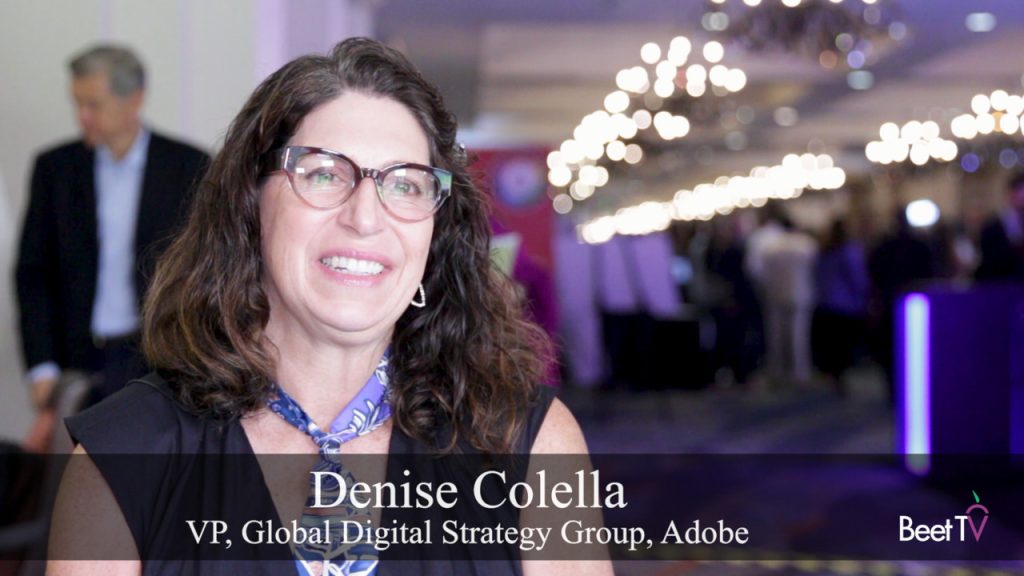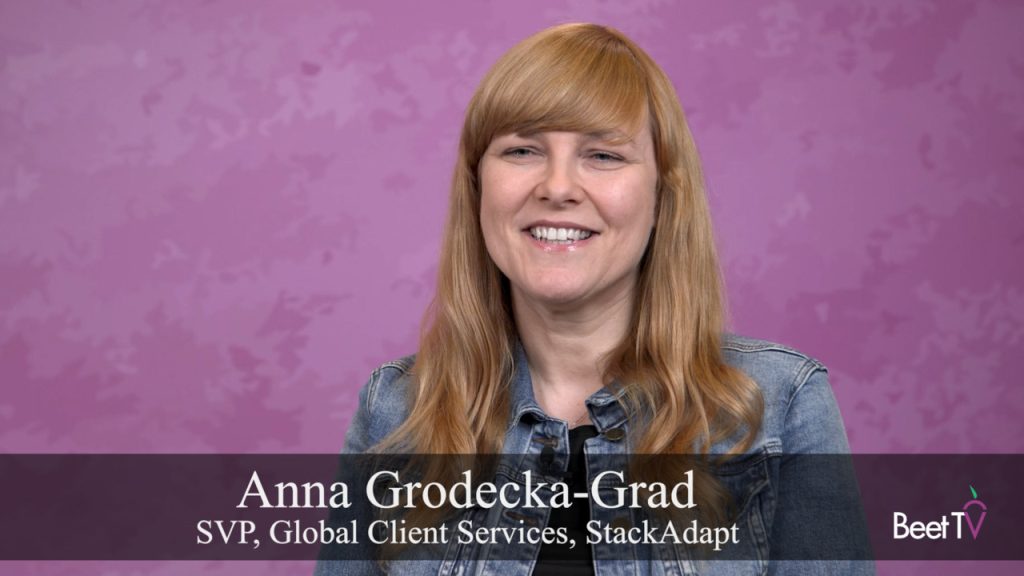SAN JUAN, Puerto Rico – Little by little, ad buyers are getting a richer and richer range of signals they can use to buy ads in connected TV (CTV) environments.
In the latest example, LiveRamp, IRIS.TV and SpringServe are partnering to bundle together contextual video data and audience data.
In this video interview with Beet.TV, LiveRamp’s chief strategy officer Jay Prasad says tech integration is allowing publishers to give ad buyers many more buyable attributes.
Tag-teaming for CTV
LiveRamp, whose RampID allows brands to leverage first-party data in the ad ecosystem. But the company had wanted to get more signals about that audience from CTV platforms.
So in October LiveRamp already announced a CTV in October that integrates with ad servers, giving it ad break-level data on audience matches.
Now it is partnering with ad server vendor SpringServe to enable insights on revenue and ad break performance.
And it is also working with IRIS.TV, whose technology peers into video content to produce a range of buyable “contextual” targeting cues, to make programming descriptors like ratings, genres and celebrities in-show classifications actionable.
LiveRamp is bundling IRIS.TV’s IRIS_ID and its own RampID two together in its unified TV platform, offering the one-two punch of contextual and audience to ad buyers ahead of this year’s upfront TV ad sales season.
A contextual eye
“What is new about the IRIS data is that Iris data brings contextual intelligence into the planning and forecasting process, which is really important,” Prasad says.
“All of the data around what a piece of content is, so now this is in audiences, this is what kind of content is this, the genre, the length who are the actors in it, what episode is it, all of those important factors that are surrounding every piece of content.
“We found a way to integrate the IRIS data alongside RampID and that’s pretty groundbreaking in the fact that you now have the ability to look at both audience and context around content together.”
True Fluidity
For Prasad, it’s a manifestation of what he calls True Fluidity, the ability to optimize campaigns in real-time as well as planning ahead across platforms.
“Fluidity in its past concept was something along the lines of 80% would be tied to the schedule and some tent poll events and then 20% of the budget can go into digital and new platform,” Prasad says. “Fluidity was a great way to just put some budget towards emerging platforms.
“But I think we’re now at a place where the emerging platforms are equally or more important than what was the traditional platform.”
Fluidity, he says, is about “moving from percentages and moving to a bit more of a strategic plan”.
Confident pitch
TV companies are going into a very different upfront sales season this year.
The shock of COVID caused many buyers to recoil, holding on to spend.
But it also taught them the value of agility in the ad market.
All the while, buyers have been warming up to the idea of the targeting, guarantee and analytics capabilities of ads in a CTV environment.
Prasad says he hopes LiveRamp’s changes will help CTV publishers more confidently fight for ad spend wherein CTV can be a main part of the budget, rather than a top-up.
You are watching coverage from Beet Retreat San Juan 2022, presented by AppScience, Infillion, MadHive, SpringServe, Univision & VideoAmp. For more videos, please visit this page.







